
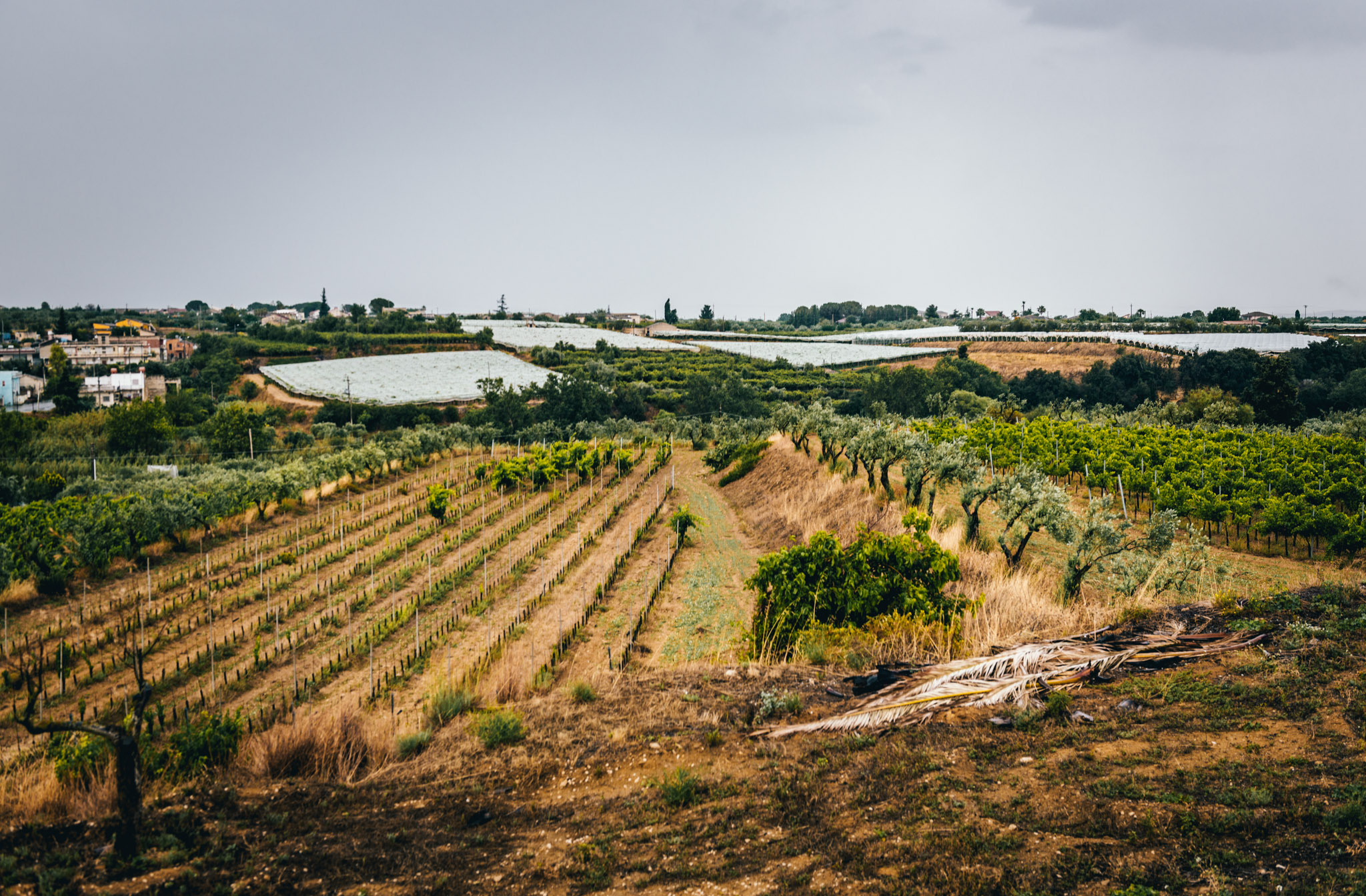

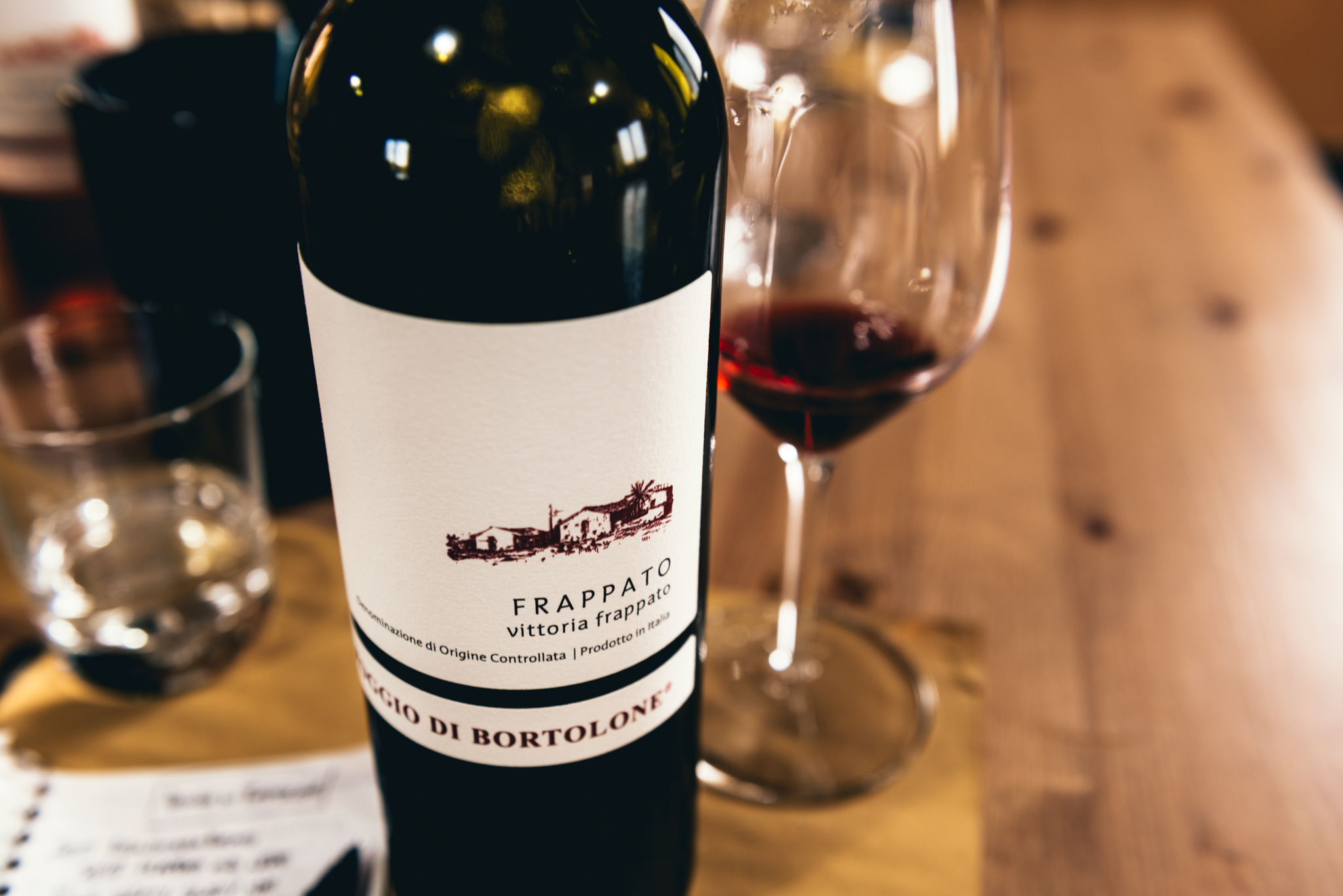
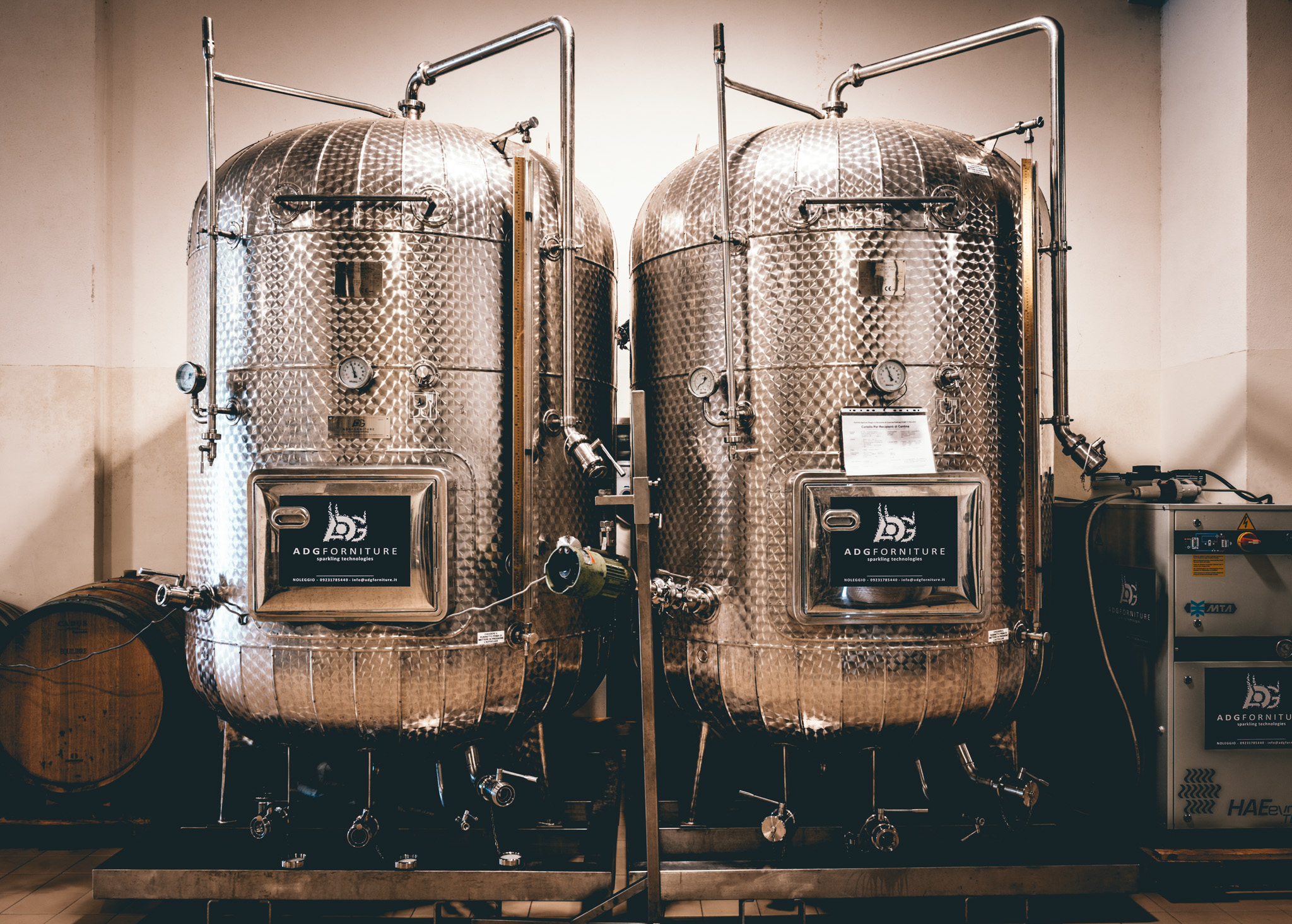

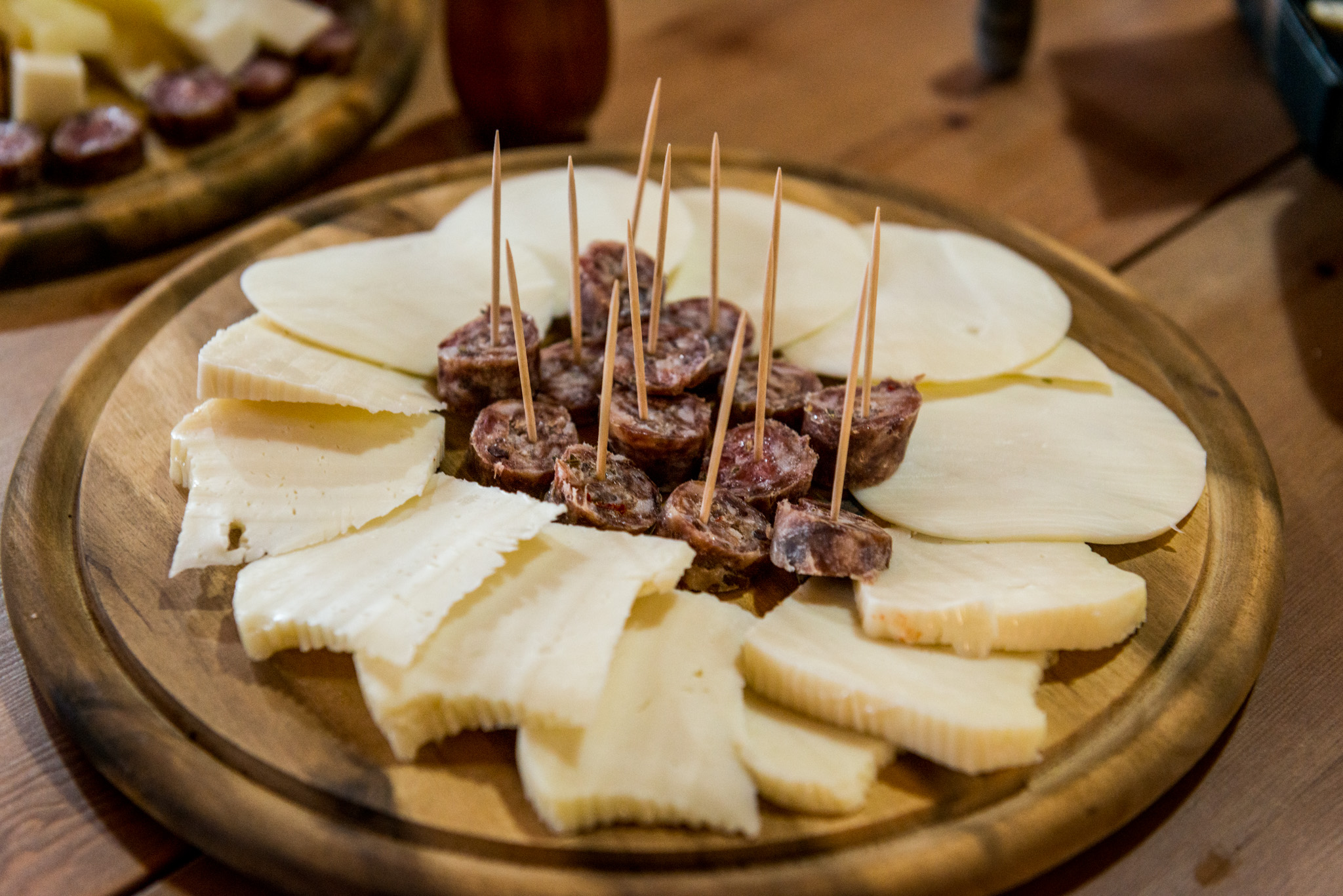
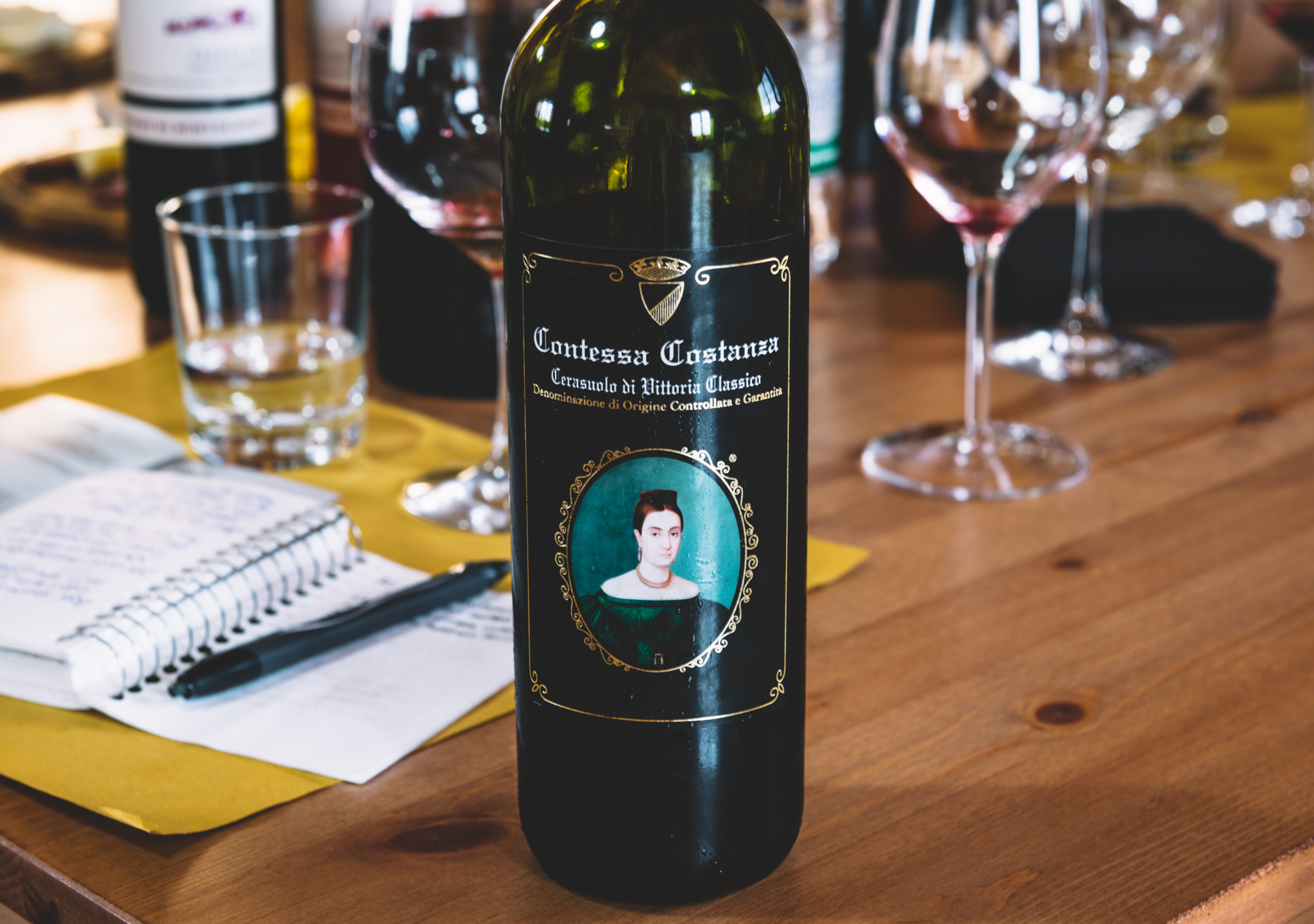


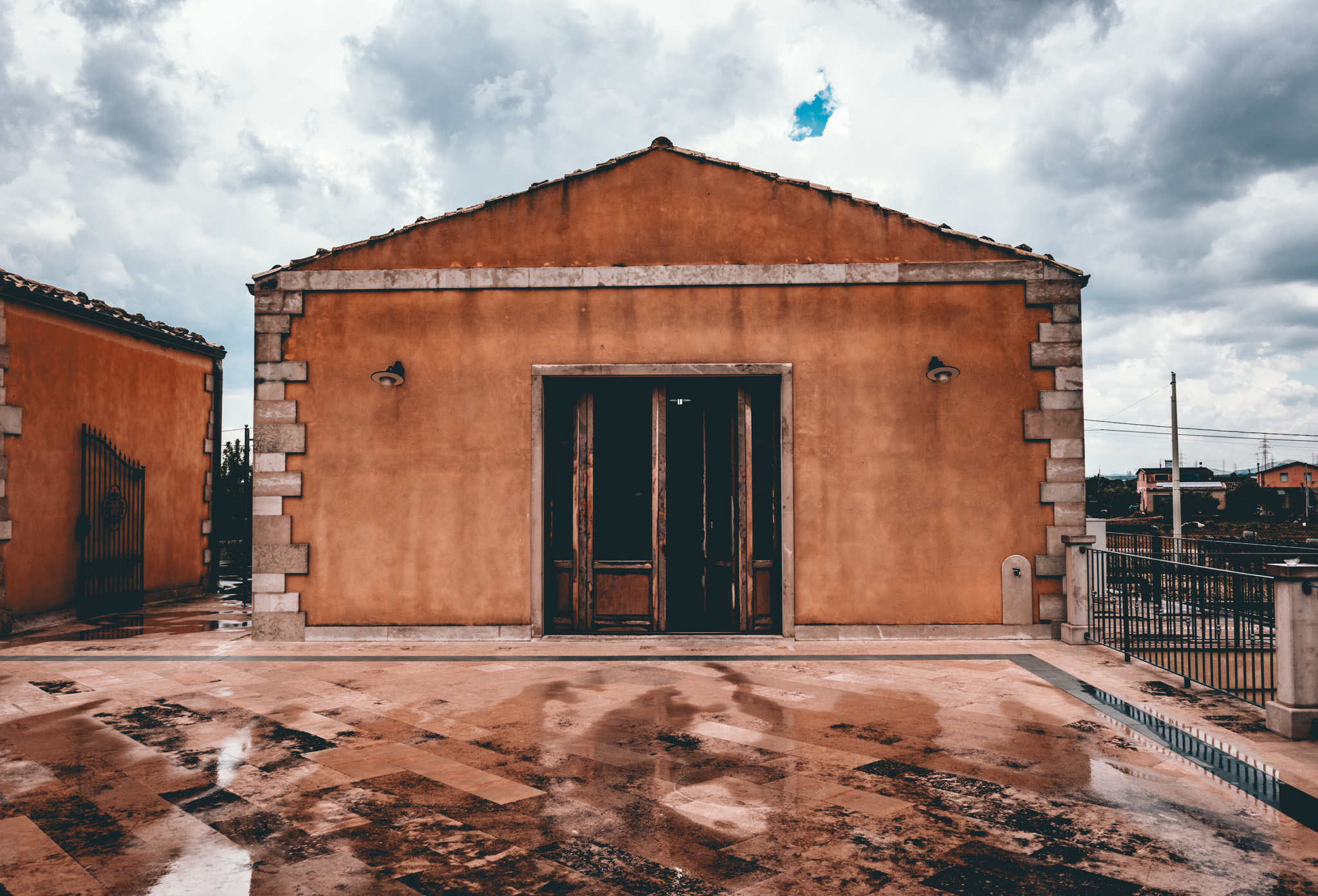

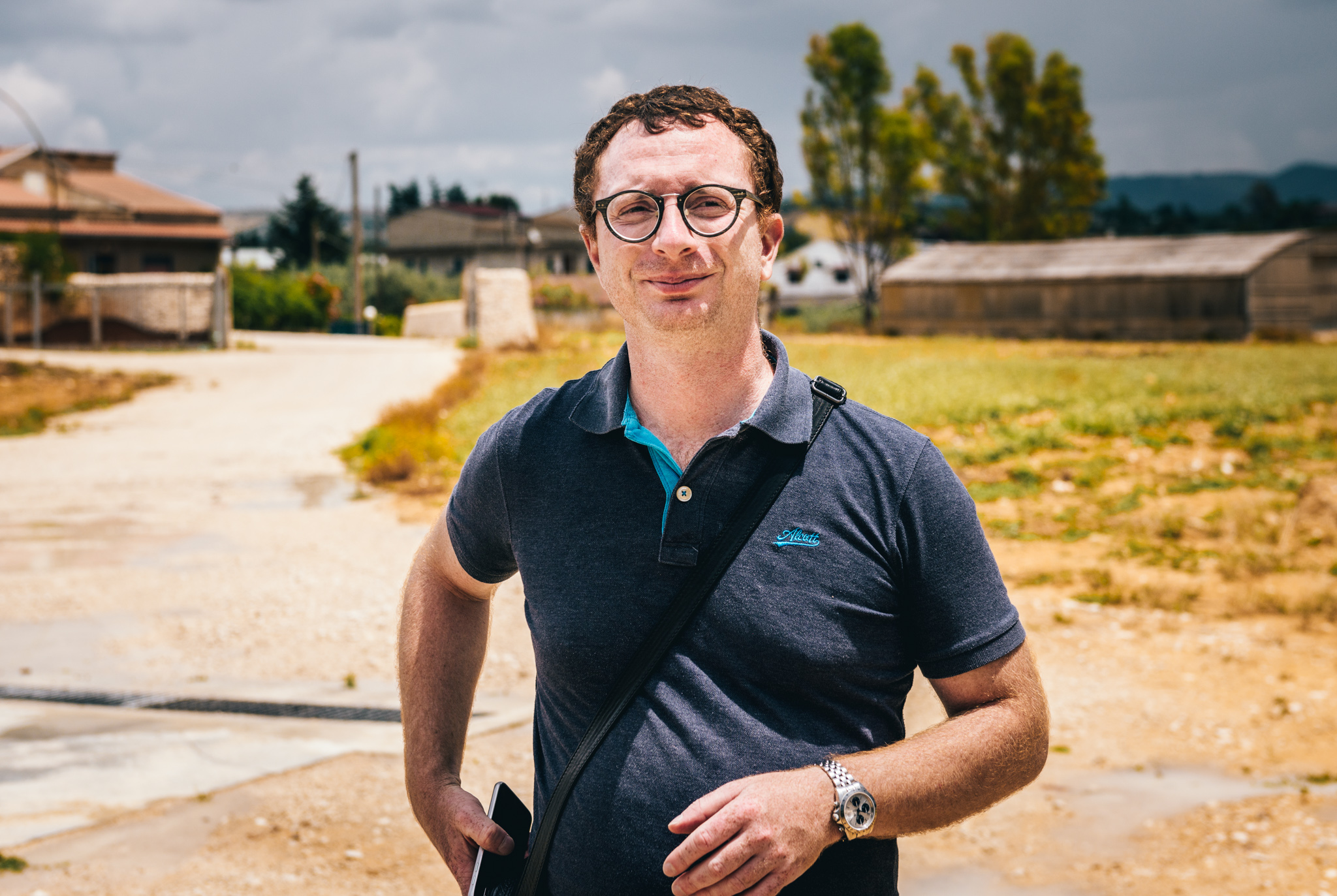
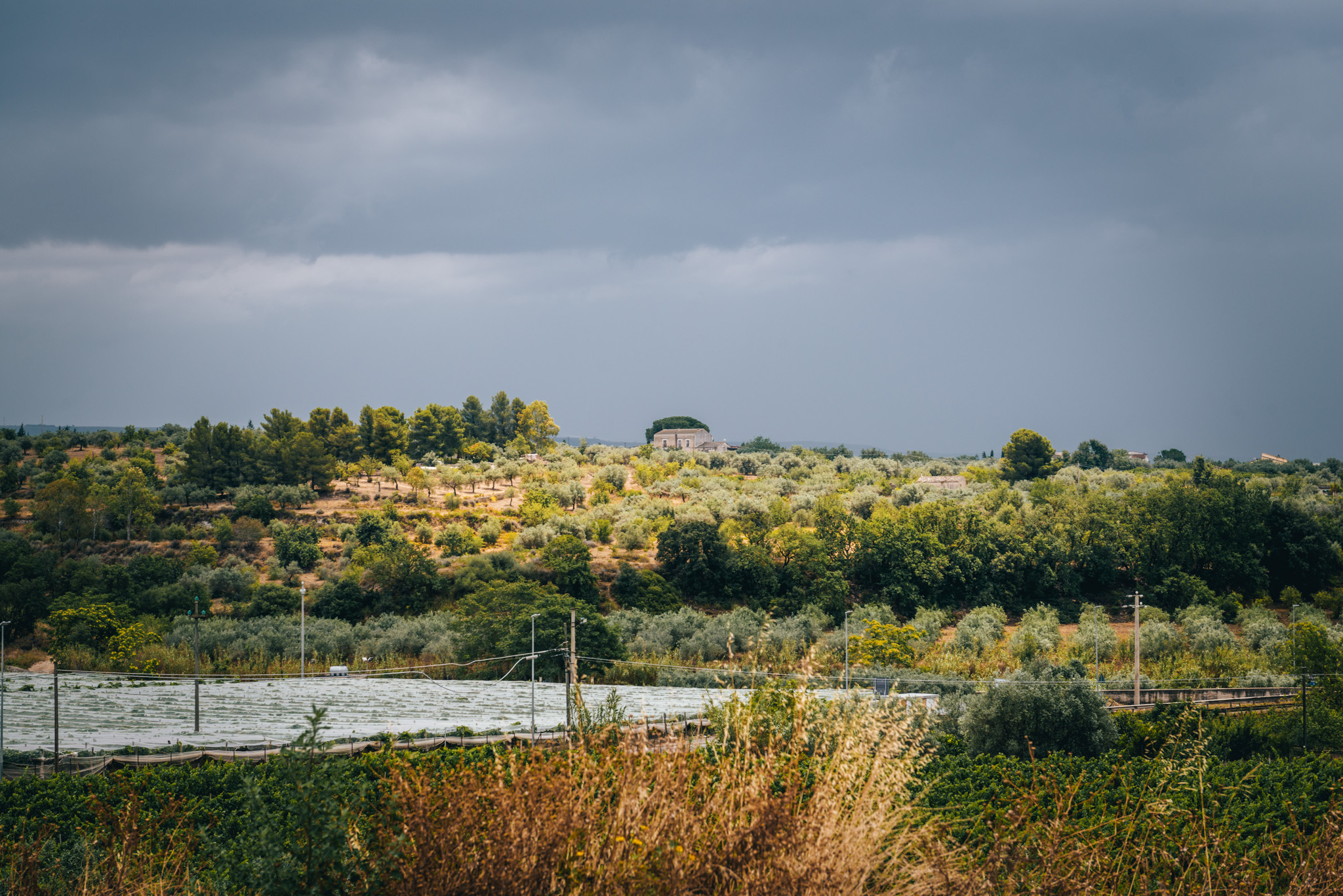


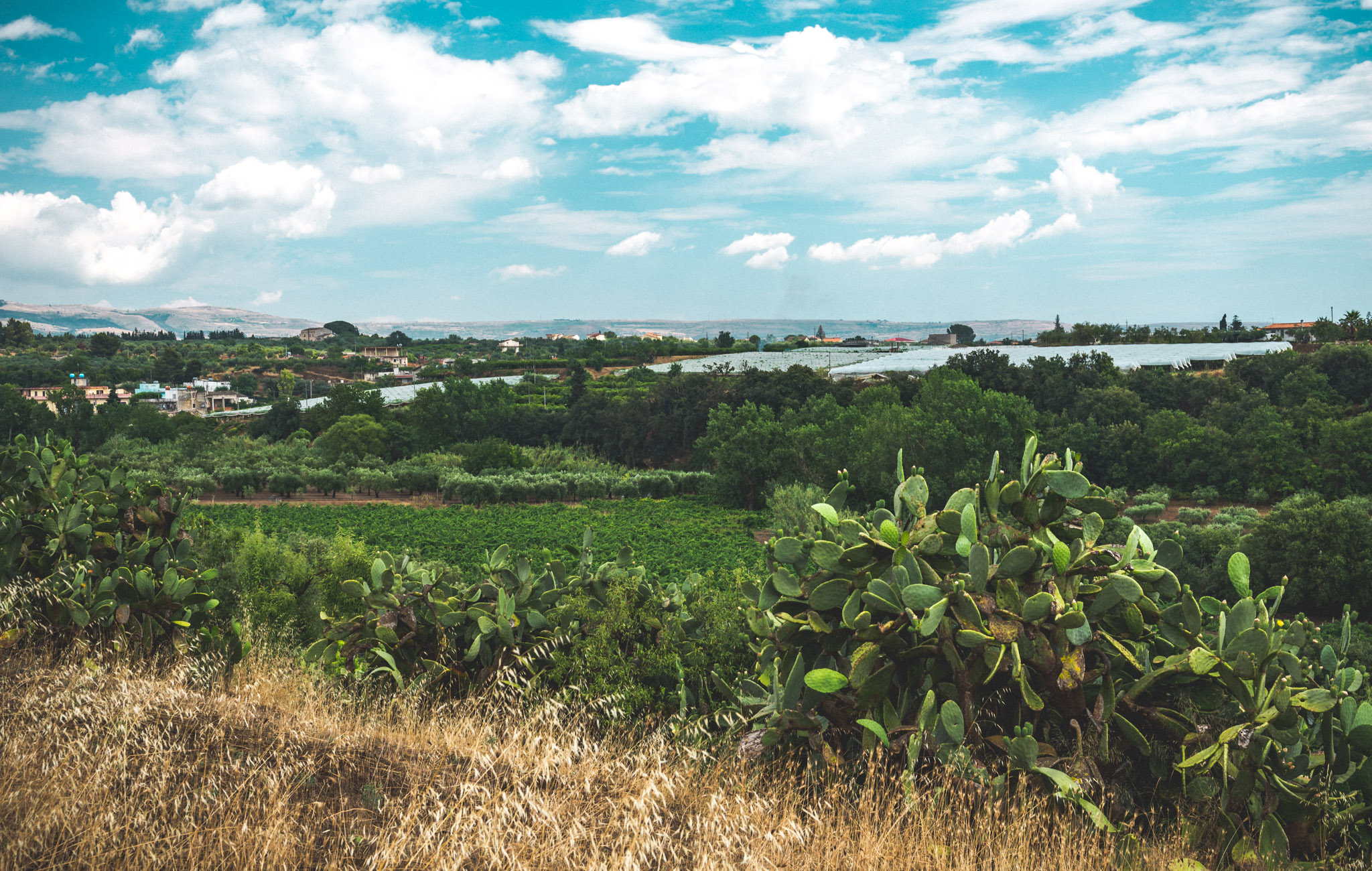
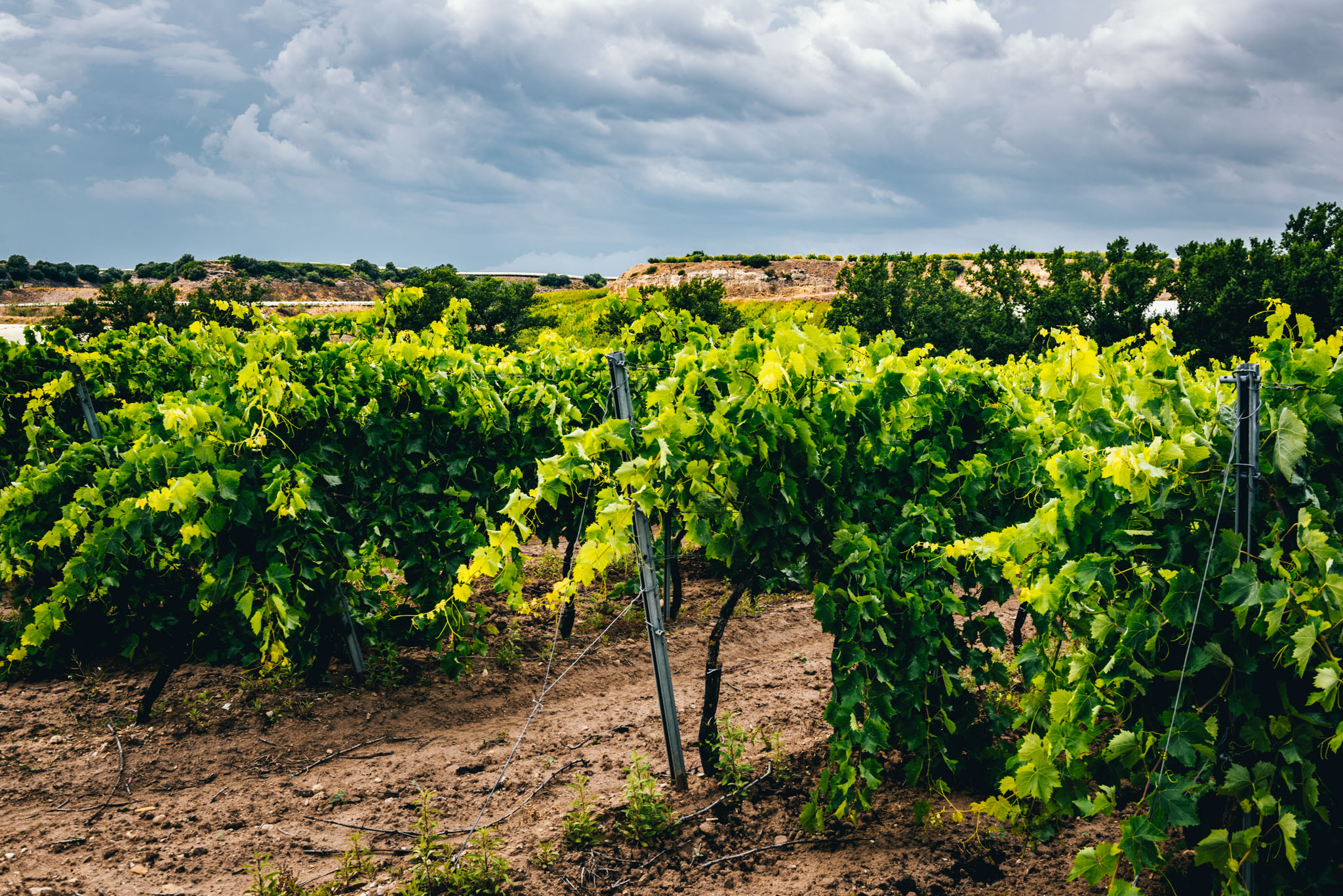
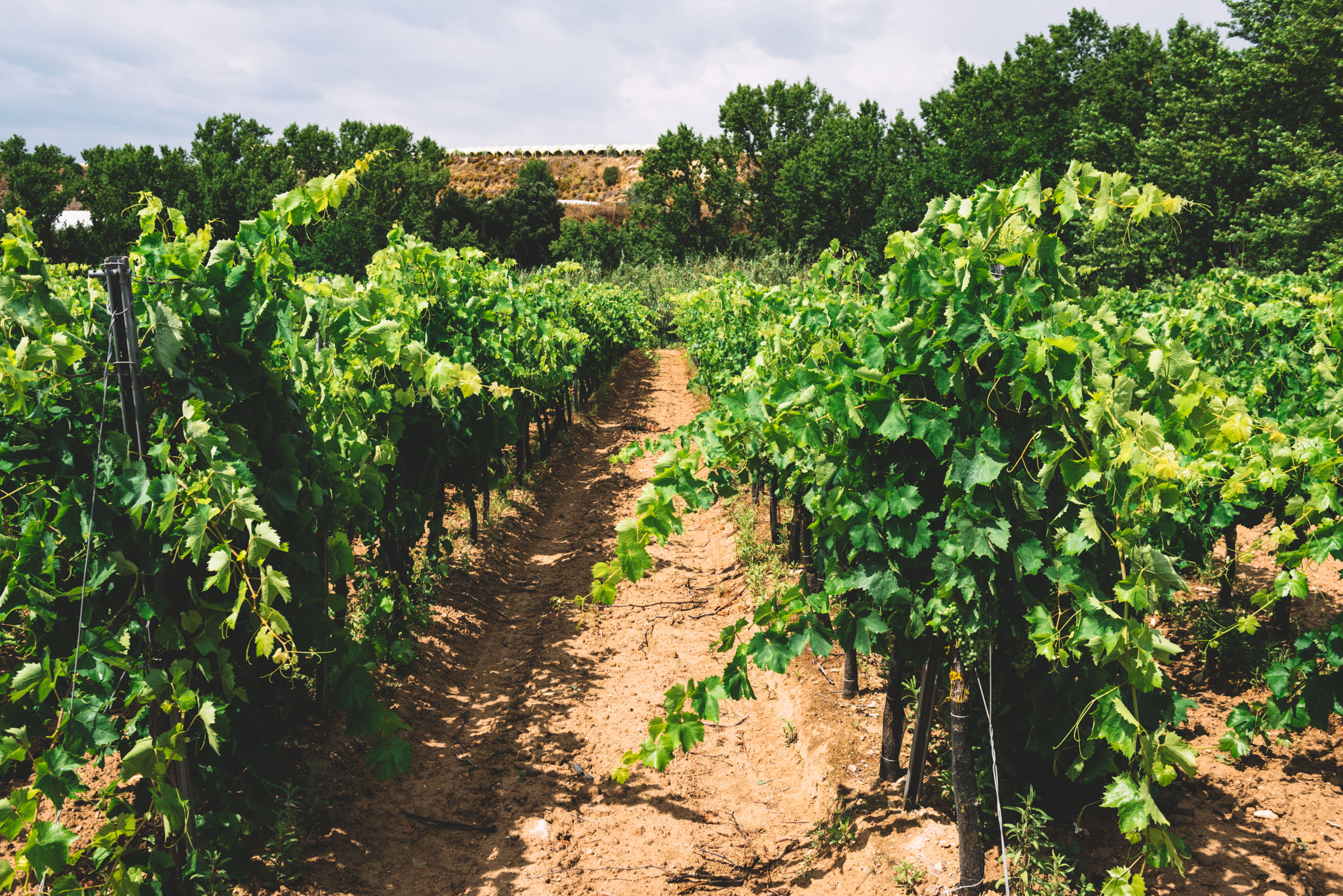

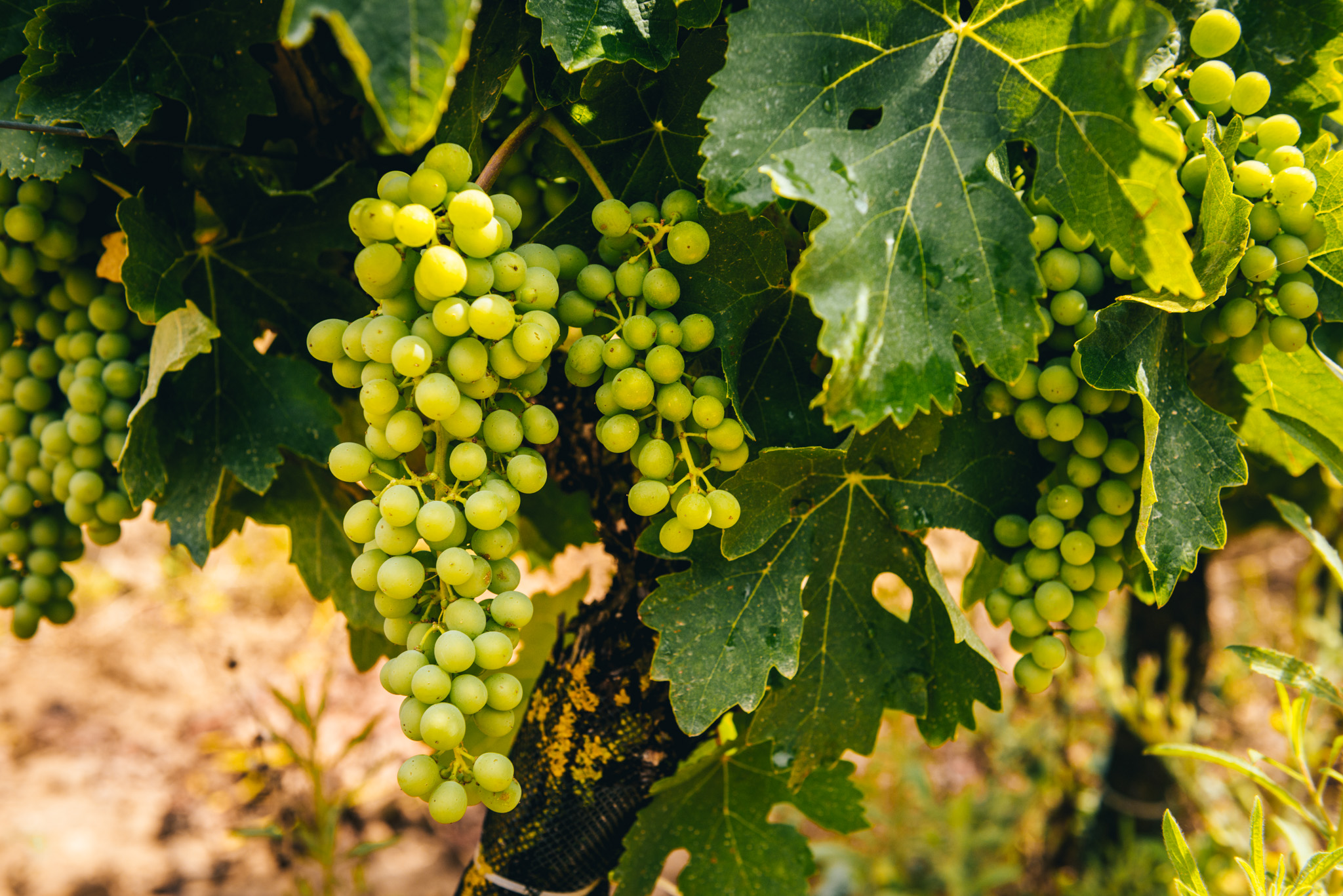
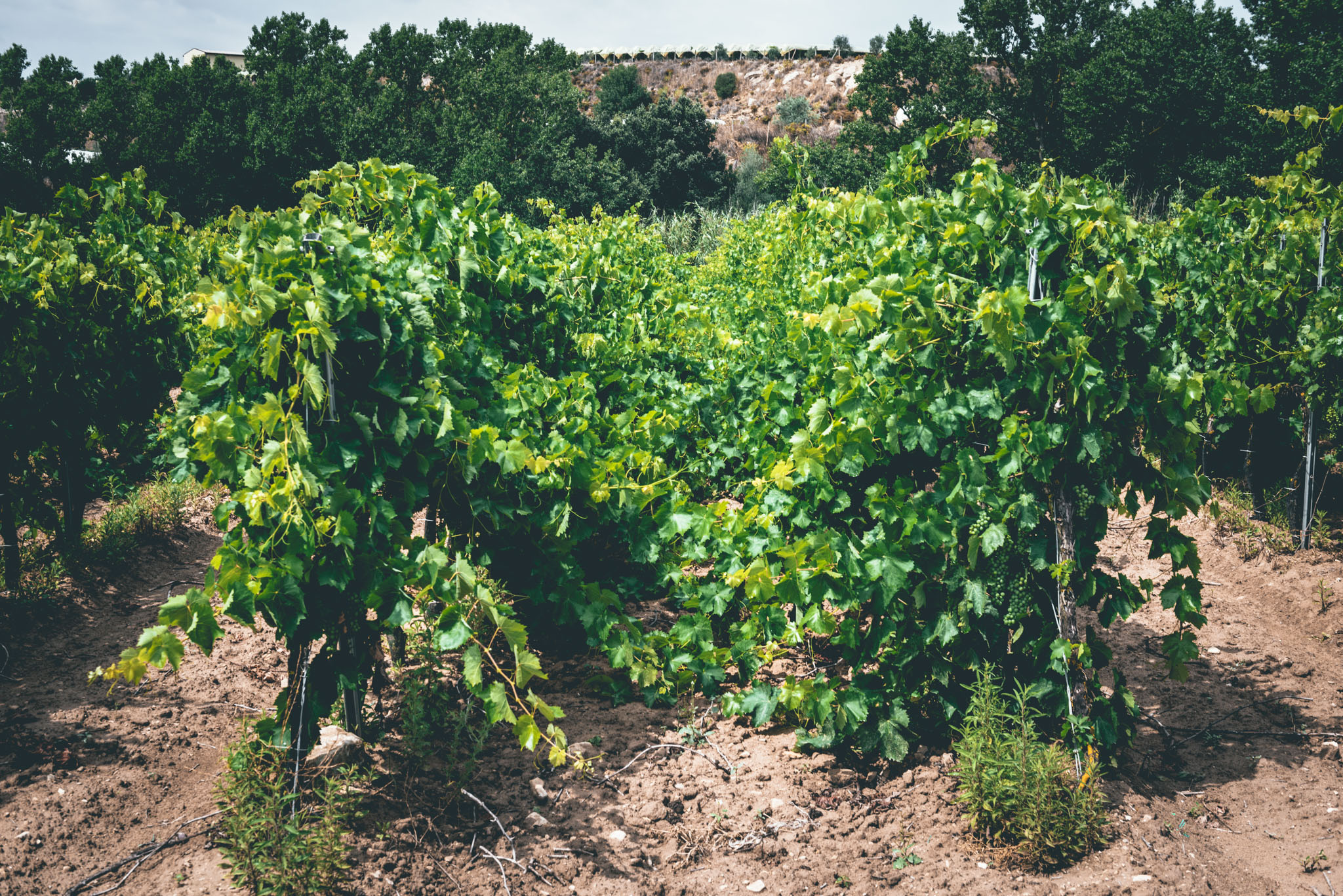

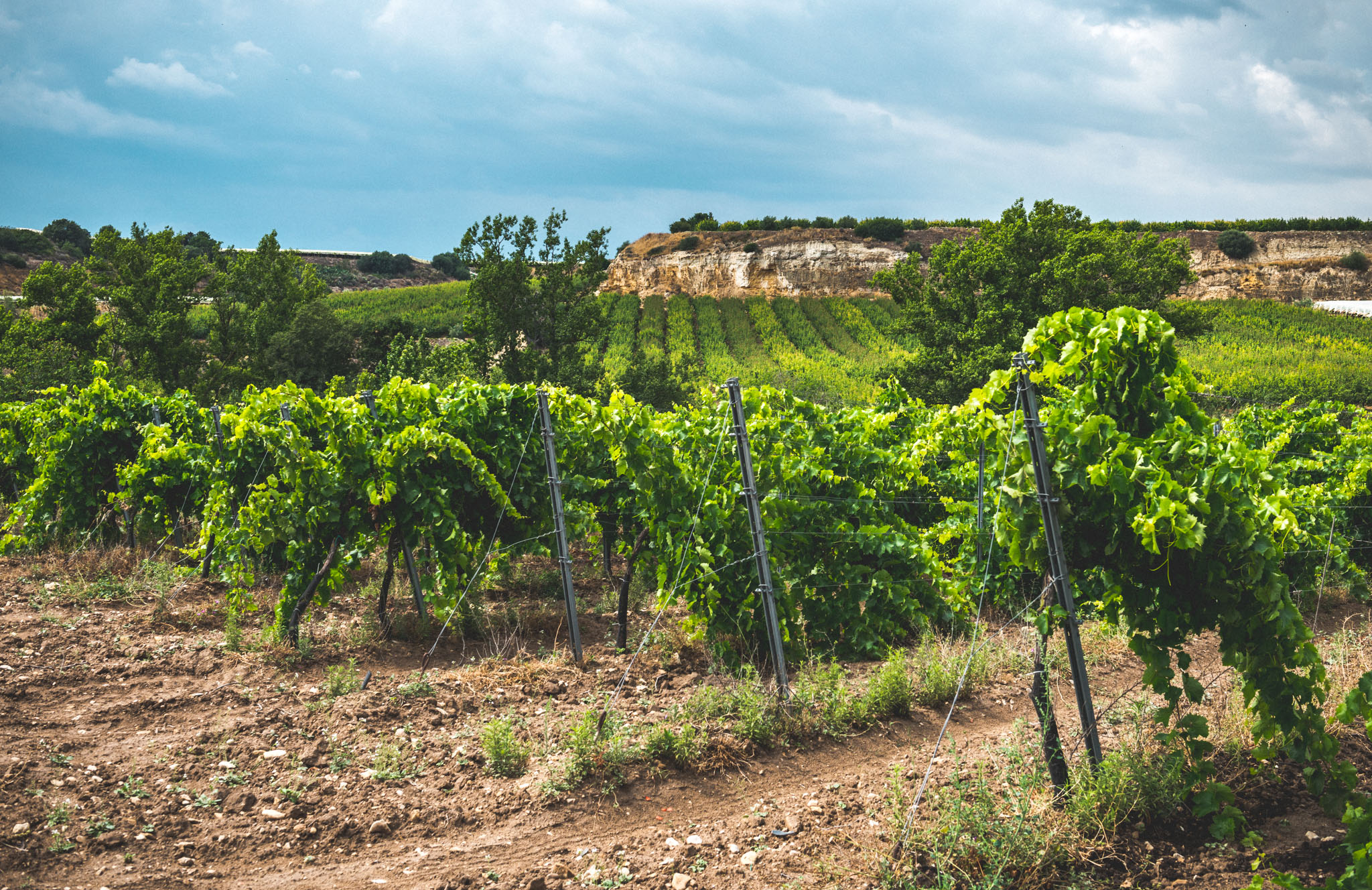

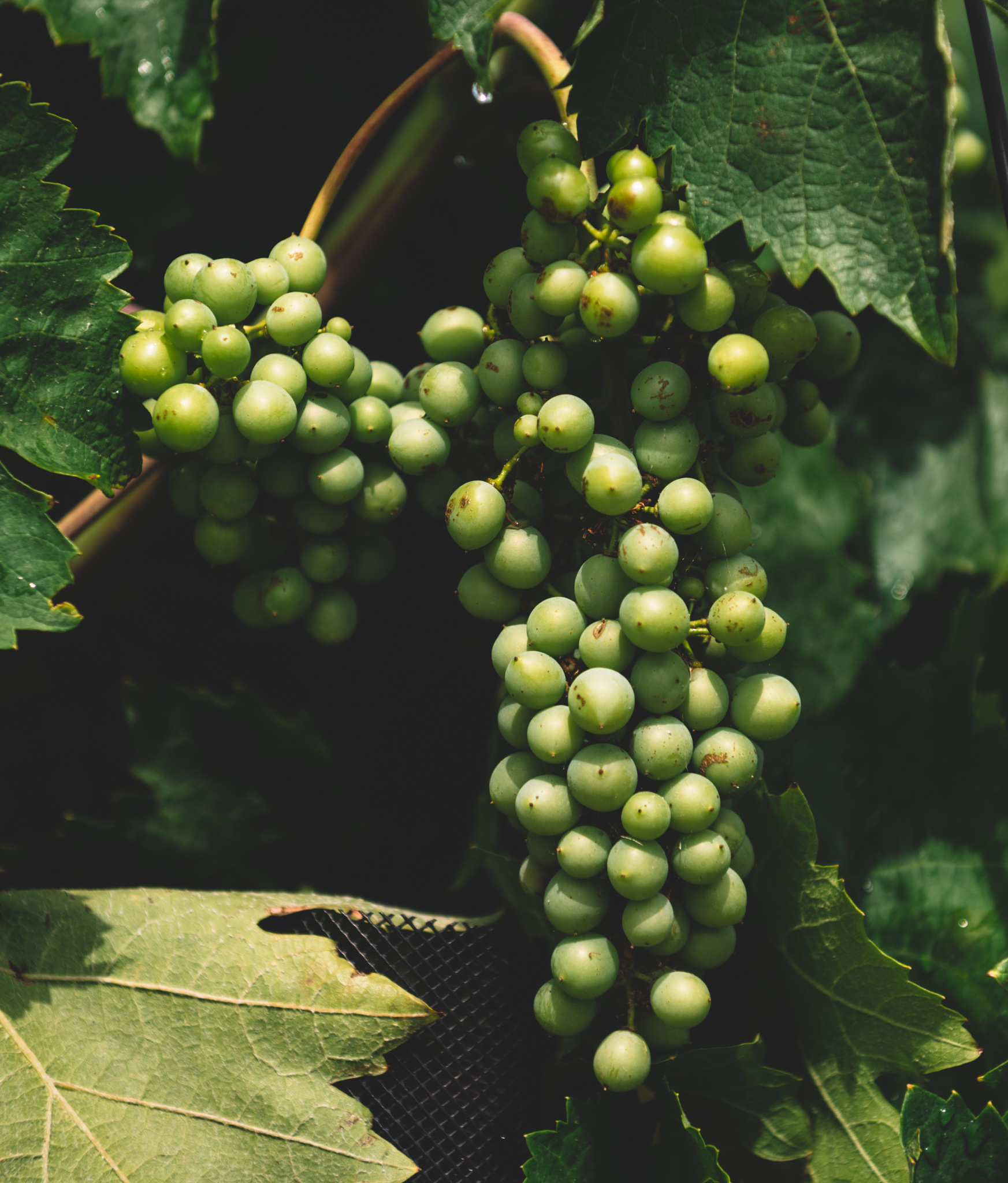
Poggio di bortolone
Who: Pierluigi Cosenza
Where: Vittoria (Sicily, Italy)
What grapes: Frappato, Nero d’Avola
Key facts: This seveth-generation family estate on the banks of the Para Para river was one of the original five wineries of the Cerasuolo di Vittoria DOCG.
Website: https://www.poggiodibortolone.it/site/en/
Instagram: @poggiodibortolone
Poggio di Bortolone “Poggio di Bortolone” Cerasuolo di Vittoria Classico DOCG
Viticulture: Integrated Sustainable Agriculture / Zero Carbon Footprint
Soil type: Deep, and quick draining, sandy, yellow-red, south facing
Elevation: 220m - 270m
Grapes: Nero d’Avola 60% Frappato 40%
Method of fermentation: The grapes are carefully selected prior to fermentation which is conducted at a controlled temperature of 25°C for at least 10 days. Following the pressing and the malolactic fermentation the wine ages 18 months in stainless steel vats.
How do I parce the distinction between Contessa Costanza and this wine? The DOCG and higher price tag is merited because this wine tastes like it belongs in the conversation surrounding the pack of Cerasuolo di Vittoria made by globally-known and revered estates. Incidentally, those wines are substantially more expensive, but price isn’t the only thing. Sometimes I find Poggio di Bortolone’s top Cerasuolo di Vittoria to be better than bottlings from Pierluigi’s better-known neighbors. So what does it mean? The wine stays mid-weight, the aromas are pristine, darker berry, some graphite and smoked meat. Beautifully positioning itself between heavy, hot-climate Mediterranean reds and insubstantial summer offerings, Poggio di Bortolone fashions a Cerasuolo DOCG with class, ageability, and early-ish appeal. I’d save bottles 1-2 years before beginning to drink them, but I’m a hoarder, so do what makes sense in your life. — JM
Poggio di Bortolone “Contessa Costanza” Cerasuolo di Vittoria Classico DOCG
Viticulture: Integrated Sustainable Agriculture / Zero Carbon Footprint
Soil type: Sandy, yellow-red, south-east facing.
Elevation: 220m - 270m
Grapes: Nero d’Avola 50% Frappato 50%
Method of fermentation: The grapes are carefully selected prior to fermentation which takes place at a controlled temperature of 25°C for at least 10 days. After the pressing and malolactic fermentation the wine is allowed to age for a period of 18 months in stainless steel vats.
It’s a small shipment of the Contessa. Roughly equal parts Nero d’Avola and Frappato, aged for 18 months in stainless steel. This bottling isn’t just a pretty (scary) label. Contessa Costanza offers all of us a chance to drink a faithful, by-the-book, satisfying rendition of maybe Sicily’s top DOC, for a handful of bucks. Serve with lamb, couscous, stuffed-and-breaded small red peppers. — JM
Poggio di Bortolone Frappato Vittoria DOC
Viticulture: Integrated Sustainable Agriculture / Zero Carbon Footprint
Soil type: Sandy, red, rich in texture slightly south-west sloping
Elevation: 260m
Grapes: Frappato
Method of fermentation: Fermentation takes place at 18-20° over more than 18 days. This is followed by the malolactic fermentation stage when the wine is left to age in stainless steel vats for a period of 3 months. After bottling, the wine is aged further for about 2 months.
Now I’m getting excited. Not only for the memory of Sicily, and Vittoria, a place I haven’t visited since 2018. Also for the opportunity to really wade into Pierluigi’s lightest, most fragrant bottling on the leading edge of summer. I feel comfort in the relative abundance of Frappato this year, however deceiving the numbers may prove to be. Red fruit and citrus, wide open, delicate, utterly refreshing. Serve with a whole fish cooked in fig leaves, or bahn mi, or even tacos filled with buche, or chicharron. — JM
Poggio di Bortolone second visit
Roads flooding will inspire a degree of panic in any terrain. Climbing the narrow stone track to Chiaramonte Gulfi was akin to swimming upstream in an angry river. Whitecapped water washed over walls and threatened to carry away Vespas. We reached the top and claimed the last parking lot in the central square of the small town. Evidence of aborted preparations for the feast of St. John the Baptist surrounded us. Clusters of intricate light displays leaned against weathered opera house walls. The alley to our destination was a polished stone slip-and-slide, a hazard only worth navigating given the promise of transcendent pork that greeted pedestrians brave enough to hazard its ascent.
We could never find this place. As strangers we might be welcome, sharp eyes could spot the Michelin guide credentials posted unceremoniously to the right of the laminated menu outside its kitchen. The kitchen is also the entrance to Ristorante Majore, a situation I’ve only previously experienced at the James Beard house. And Majore also looks like someone’s former and frankly present-day residence. A trip to the bathroom becomes an odyssey through dining rooms bearing personal effects, seemingly lived-in spaces connected by narrow hallways with waiters and bussers bobbing, weaving, angling chaotic piles of flatware and mountains of meat-studded risotto.
Owner Salvatore is in the kitchen. Mid-meal his septuagenarian sister enters to taste sauces and serve as back-up quality control. A young waiter darts past. A cook with decades of days in this room under his belt guards the pork grilling station. The stove is an object of beauty, avocado green with a bronze front, fully three meters in length. A half-dozen pasta pots rest on its stainless top surface.
Outsiders may enter and enjoy a memorable meal. But I am certain our ideal position in a corner table next to the window in the restaurant’s tiny 19thcentury dining room off the kitchen was the result of arriving with Pierluigi Cosenza of Poggio di Bortolone, a winery 10 kilometers south and down from Majore. As rain started to pelt his tasting room in Vittoria, our red-haired host and his partnertook turns calling the restaurant, to no avail. It seemed likely the storm had disabled their phone, a tidbit that should have inspired caution in us all. Venture out in the wild deluge or stay put, with a half-case of open wine samples separating us, our hosts, and a pile of locally produced antipasti. Monte Gulfi sausage, also salami of Messina, and cow’s milk Provola, which is a typical cheese of Ragusa, a city on the opposite side of the high hills that border the plain of Vittoria. This fertile viticultural area slopes gently to the south for 10 miles, where it reaches Sicily’s coastline. Olives, table grapes, almonds, tomatoes and eggplant cover the valley surrounding Vittoria, sufficient ammunition for a dizzying combination of indigenous dishes. The charcouterie that accompanied our tasting was sufficient lunch. But it wasn’t lunch, a detail I mumbled to my colleagues in advance of our arrival. As they feasted on Piacentino and sheep’s milk cheeses made alluring creamy yellow by saffron and studded with black peppercorns, I realized the approaching real meal was unknown to them. A wine buyer’s belly must remain ready for all possible culinary twists and turns. I dove into a pile of nickel-sized dried sausage rounds made 200m from the place where we were eating, a sausage infuriatingly more layered, complex, and perfect than anything I’m likely to find back home. I didn’t pace myself. But I had the voice of caution whispering in a cobwebby corner of my cranium, “A meal will come. Know the mountain you will climb.”
I didn’t know the mountain would be made mostly of pork. “Qui si magnifico il porco” is the motto on display in the dining room. Ristorante Majore is a pork specialist of the kind that to a NC native calls to mind the great classical pitmasters of our homeland. Instead of forgettable cornbread and cole slaw, the supporting cast at Majore are stars in their own right. Alluringly orange risotto studded with ground pork, perfect tender ethereal ravioli with a thin layer of fresh ricotta inside, and a spicy translescent ragu glaze binding the pasta to Paleolithic brisket-like hunks of pork braised over charcoal. But wait there’s more. Tonda Iblea olives in oil with red pepper, on a plate with an old-school terrine that was the show-stopper for me. A visually arresting testa that sat on the plate like a slab of pig flesh viewed through a centimeter-thick layer of gelatin. This family recipe was born in the 19thcentury and left unmolested by prescient generations of Salvatore’s ancestors.
When no room remained, the almond “ice cream” provided a savory, crunchy reminder that the final course of a meal could be aimed at our adult selves. Minimal sweetness, diverse textures, with wildly enjoyable local almond flavor in the foreground.
The Para Para river divides Poggio di Bortolone. The property was once three farms that Pierluigi’s grandfather united, leaving two crumbling stone former cellars on the southern boundary of the modern estate. A triangular parcel of old-vine Nero d’Avola bearing the name of the river forms the northern boundary of Poggio di Bortalone, a neighbor’s plastic greenhouses full of monsterously large clusters of table grapes border the farm to the west and south. A gas gun fires at regular intervals to guard against birds. It is startling. Pierluigi disparages the idiocy of his neighbors for using the device, but at the same time claims you get used to it. I hope so. His house is only a few meters down a slope from the source of the noise.
We walked through sandy fields of Frappato and Nero d’Avola. It is easy to tell these perfect partners apart, the leaf shapes are entirely different. In June the grape clusters are hard and green. Abundant early season rain has brought irrepressible life to the rows. Vegetation in health and abundance. A promising start to the summer.
The farm barters for the organic compost that is scattered among the rows.
Grapes arrived here with the Greeks in the 8thcentury BC. The local museum is full of ancient amphorae.
In 1976, Pierluigi’s father was the first family member to estate-bottle wine. Previous generations sold the fruit in bulk. The first vintage of Cerasuolo di Vittoria was 1982. Poggio di Bortolone is within the boundaries of the Cerasuolo di Vittoria Classico DOCG. Today it contains 25 estates. Not long ago there were five.
The new cellar was built a decade ago. The winemaking is clean and modern. Stainless steel in abundance. Pierluigi made a pied de cuve yesterday and will use it for future fermentations. They are starting to make sparkling wines.
We finish our visit discussing the slow creep of homogenization that can be seen even in Italy. In the area, the historical unit of measure for olive oil was the cafiso. In Vittoria, one cafiso equaled 2.6 liters. In Ragusa, it was 2.3 liters. In Vittoria, land was measured by the salme, a unit equivalent to 2,200 square meters, divided into five tumini. In Ragusa a salme was 2,500 square meters. Make sense? Imagine selling something to an outsider! Maybe some forms of standardization are ok.
By dusk we were already a world away, in Castiglione di Sicilia. We met Enrico, a friend and neighbor from Durham, whose family spend summers in Etna Piedmontese, and winters in Venice. Walking to the wine bar we passed a gang of old men with matching blue shirts and white hair milling in front of the town’s sports club headquarters. On the way back to the car several hours later, we pass a gang of teenagers with matching blue jeans and spiky black hair, milling around in the parking lot below. In the hours between we occupied a side street with a view that stretched to the edge of the hilltop and out over verdant mountain terrain. A backfiring Vespa circled the town in maddeningly precise intervals. We ate donkey mortadella and smoked ham, ash-rubbed cheese, and an aged toma. After vowing not to eat dinner (maybe ever again: lunch was large) we ate a pizza toped with burrata and fresh sardines. We drank a local white made from Grecanico and a rosato from farther south made from Nero d’Avola and Frappato. It was all good (the donkey mortadella was less good.) The evening was breezy and almost cool. Leaving this perfect spot was pretty unappealing. After an Amaro infused with wild fennel, there was nothing left to do, other than buy bottles of everything we could carry, and head home.



